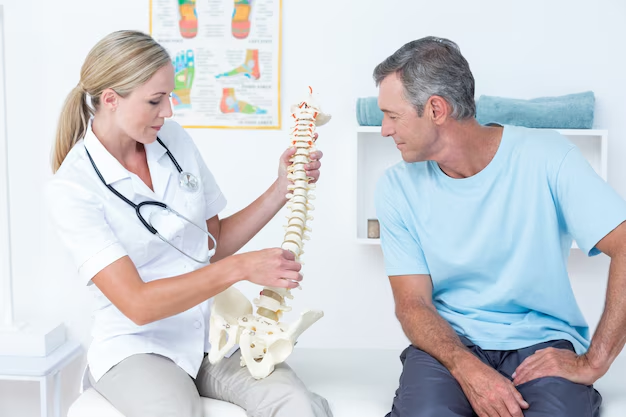Osteopenia vs. Osteoporosis: Understanding the Differences
As we age, concerns about bone health become increasingly important. Two terms that often appear in discussions about bone density are osteopenia and osteoporosis. While both conditions relate to bone fragility, understanding which is worse can clear up confusion and guide you to make healthier lifestyle choices.
What Are Osteopenia and Osteoporosis?
Osteopenia is a condition where bone mineral density is lower than normal, but not low enough to be classified as osteoporosis. It often serves as a warning signal for decreased bone density, putting individuals at increased risk of developing osteoporosis.
Osteoporosis, on the other hand, represents a more serious stage of bone density loss. It is recognized when bone density is significantly reduced, making bones more porous, fragile, and prone to fractures. The risk of fractures is much higher with osteoporosis, often resulting in serious health complications and even impacting mortality.
Which Is Worse?
Osteoporosis is definitively worse than osteopenia due to its more severe consequences. While osteopenia signals potential risk, osteoporosis indicates substantial bone deterioration. People with osteoporosis have a heightened risk of fractures from minor bumps or falls, which can lead to decreased mobility, hospitalizations, or long-term care needs.
Symptoms and Risks:
Osteopenia:
- Generally asymptomatic
- Detected via bone density tests
- Possible back pain or minor height loss as it progresses
Osteoporosis:
- Frequent fractures from minimal trauma
- Severe back pain due to vertebral fractures
- Loss of height and posture changes
Managing and Mitigating Risks
Addressing osteopenia early can prevent progression to osteoporosis. Lifestyle changes, such as diet rich in calcium and vitamin D, regular weight-bearing exercise, and avoiding smoking or excessive alcohol, are beneficial. For osteoporosis, medical interventions like medications that strengthen bones may be necessary, accompanied by similar lifestyle adjustments.
Financial and Educational Support
The physical toll of osteoporosis is well-documented, but it also poses financial challenges. The condition can lead to costly treatments and a potential loss of income due to reduced mobility. Fortunately, resources are available to ease the burden:
- Medicare and Medicaid may help cover treatments.
- Various government aid programs offer support.
- Educational grants can inform on osteoporosis management.
How to Access Financial Solutions
It can be daunting to navigate healthcare expenses, but several options offer assistance:
- Financial Aid Programs: Explore government or local aid focusing on healthcare support.
- Debt Relief Options: Consider structured plans that alleviate the financial stress linked to medical bills.
- Educational Opportunities: Seek grants or courses that educate on lifestyle changes and preventative measures.
By understanding differences between osteopenia and osteoporosis and leveraging available resources, you can take active steps to maintain bone health while securing financial peace of mind.
Quick Reference: Financial Assistance and Support Programs
- 💸 Government Aid: Programs like Medicare for treatment costs
- 🏦 Debt Relief: Options to manage healthcare-related expenses
- 📚 Educational Grants: Funding for courses on bone health and lifestyle management
- 🏥 Local Health Resources: Community support groups or clinics for osteoporosis management assistance

Related Topics
- a Nurse Is Caring For a Client Who Has Osteoporosis.
- a Percutaneous Is Performed To Treat Osteoporosis Related Compression Fractures
- Can Alcohol Cause Osteoporosis
- Can I Do Pilates If I Have Osteoporosis
- Can I Reverse Osteoporosis
- Can Men Get Osteoporosis
- Can Osteoporosis Affect Teeth
- Can Osteoporosis Be Cured
- Can Osteoporosis Be Painful
- Can Osteoporosis Be Reversed